Watt Family Crest, Coat of Arms & Watt Name Origin
|
|
|
|
|
| Return to Home page | Bookmark this page | Link to this page | Send a Watt Postcard |
| Find Your Name | ||||||||
| A | B | C | D | E | F | G | H | |
| I | J | K | L | M | N | O | P | |
| Q | R | S | T | U | V | W | X | |
| Y | Z | |||||||
Watt Family Crest


Origin of the Name Watt
The ancient history of the name Watt was found in the allfamilycrests.com archives. Watt is a baptismal name meaning 'son of Walter', a very old Norman personal name popular in the thirteenth century not long after the invasion. Variants include Watte, Watts, Watson and Wattson. This name is of Anglo-Saxon descent spreading to the Celtic countries of Ireland, Scotland and Wales in early times and is found in many mediaeval manuscripts throughout these countries. Examples of such are a William Watts, County Oxfordshire, who was recorded in the 'Hundred Rolls', England, in the year 1273. A Johannes Watson was recorded in the 'Poll Tax' of the West Riding of Yorkshire, in the year 1379. A John Wattessone was recorded in the 'Close Rolls', in the reign of Edward III and a Thomas Chamberlaine and Jane Watts were married in Saint Mary, Aldermary, in the year 1598. A Walter Wat held land in Brechin, Scotland, in the year 1586.
In Ireland this name and its variants were introduced into Ulster Province by settlers who arrived from England and Scotland, especially during the seventeenth century. It was the 'Plantations of Ireland' in the sixteenth and seventeenth centuries that marked the end of Gaelic supremacy in Ireland. While the influx of settlers in the wake of the earlier Anglo-Norman invasion of the twelfth century resulted in a full integration into Irish society of the new arrivals, the same never occurred with the Ulster Planters who maintained their own distinct identity.
The Watt coat of arms came into existence centuries ago. The process of creating coats of arms (also often called family crests) began in the eleventh century although a form of Proto-Heraldry may have existed in some countries prior to this. The new art of Heraldry made it possible for families and even individual family members to have their very own coat of arms, including all Watt descendants.
|
WONDERFUL GIFTS FOR EVERY OCCASION
Show Off Your Heritage With Our Range Of Top Class Gifts For Your Family Name! VERY LIMITED TIME OFFER: FREE DELIVERY!!! |
||
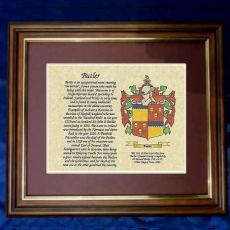 Parchment Prints: Framed, Unframed, Perfect  |
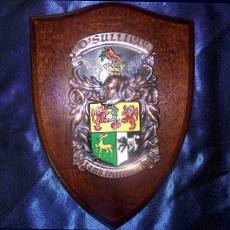 Researched Hand-Painted Plaques & Shields  |
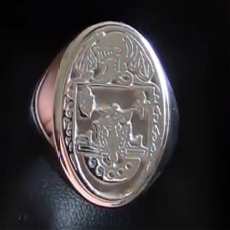 Incredible Hand-Engraved Signet & Seal Rings  |
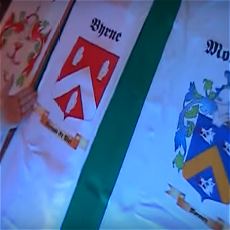 Get your Family Crest Flag, on Ireland or White background!  |
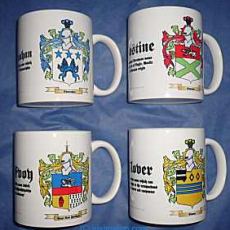 Personalized Coffee Mugs Make Thoughtful Personalized Gifts  |
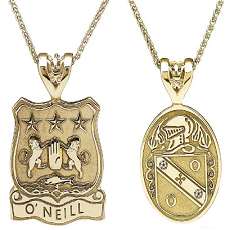 Engraved Pendants in Gorgeous Gold or Stylish Silver.  |